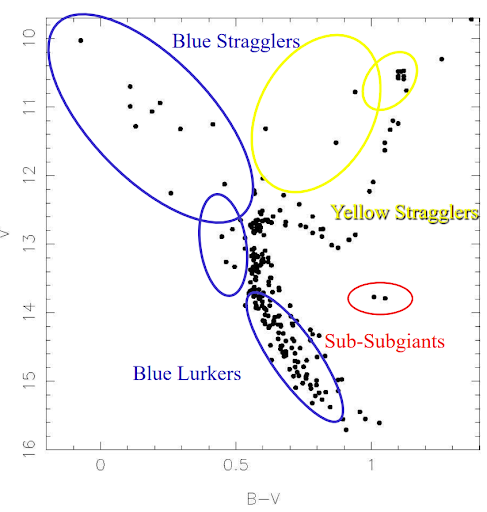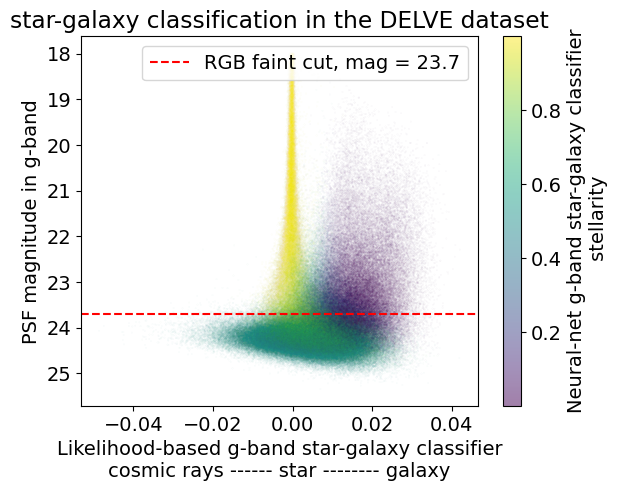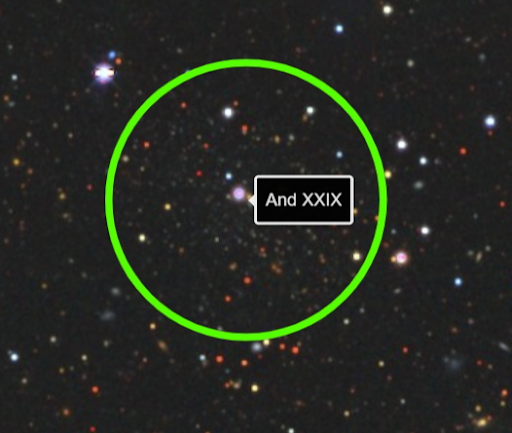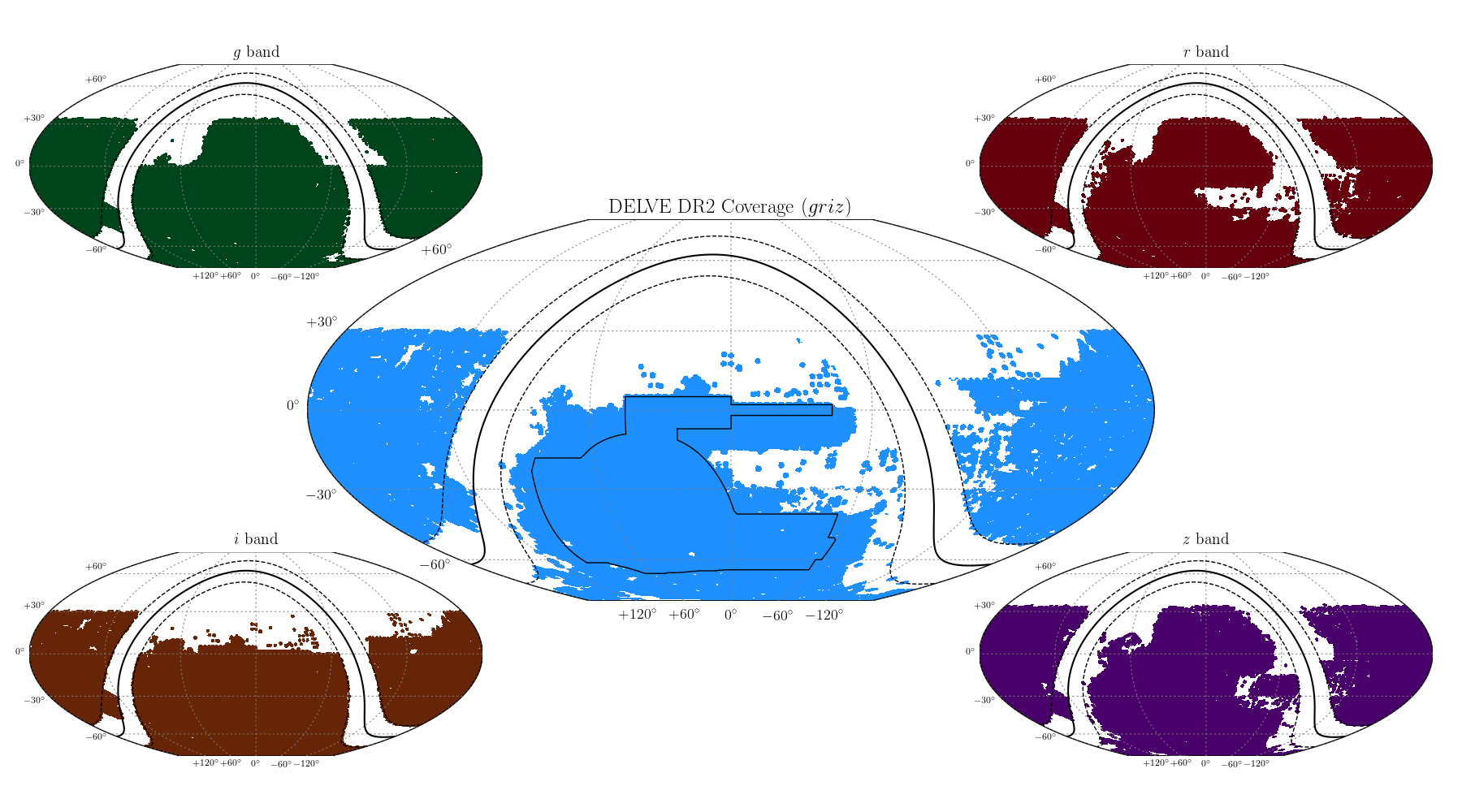Research
Welcome to My Research Website! 👋
During my undergraduate career, I have participated in research projects spanning from characterizing the atmospheres of Hot Jupiters to mining and analyzing some of the faintest galaxies. Thanks to these experiences, I have worked with diverse datasets, such as DELVE, WOCS, and JWST NIRISS and NIRSpec Transmission Spectrum. Along the way, I also learned some useful statistical tools for astrophysics, like:
I look forward to continuing my research journey in graduate school. I enjoy applying modern statistical methods to answer astrophysical problems. My current work spans ultra-faint dwarf galaxies (UFDs), binary orbits, and Hot Jupiters. However, I would love to explore more astronomical fields, like gravitational lensing, ISM, and beyond.
If you are interested in learning more about my research or simply chatting about science in general, please don’t hesitate to email me at panpi@umich.edu. I would love to chat!
Hot Jupiter multi-dimensional atmospheric modeling 🪐
Advisor: Ryan MacDonald
01/2024 - Present
Unocculted stellar contamination (starspots or faculae) can strongly influence exoplanet transmission spectroscopy. Therefore, incorporating these stellar active regions into atmospheric retrieval algorithms is crucial for reliably inferring exoplanet atmosphere properties. We recently observed a hot Jupiter orbiting a highly active star, WASP-52b, with JWST to directly test methods to disentangle stellar inhomogeneities from planetary atmospheric features. We analyzed the full optical to near-infrared (0.6-5.2 μm) transmission spectrum of WASP-52b from two JWST transits, one with NIRISS/SOSS and one with NIRSpec G395H. Since our WASP-52b transmission spectra are strongly sculpted by both occulted starspot crossing events during the transit and unocculted active regions, we incorporate starspots and faculae into our retrieval analysis. I will present our detailed constraints on the chemical inventory and aerosol properties of WASP-52b’s atmosphere, demonstrating strategies to overcome stellar contamination of transmission spectra.
Kinematics of ultra-faint dwarf galaxies 🌌
Advisor: Marla Geha
05/2024 - 08/2024
Ultra-faint dwarf (UFD) satellite galaxies are believed to have the oldest, most dark-matter dominated, and least chemically evolved stellar populations (Simon 2019). Therefore, UFDs serve as effective cosmological probes for the early Universe and are pristine laboratories for dark matter physics. In this study, we analyze resolved stars of two Milky Way satellite galaxies, Pegasus 3 and Pegasus 4, to provide more precise and accurate measurements of their velocity dispersion, dynamical masses, and mass to light ratios compared to previous studies (Cerny et al. 2023a; Kim et al. 2016). We first select member stars within these two galaxies using radial velocity, proper motion, equivalent width, and color & magnitude measurements. With these selected member stars’ radial velocity measurements, we apply a customized MCMC procedure to fit for their systematic velocity and velocity dispersion, which gives us their dynamical mass estimates (Walker et al. 2006; Wolf et al. 2010; Foreman-Mackey et al. 2013). We reconfirm and conclude these two systems are dark matter dominated dwarf galaxies by comparing them with other similarly faint stellar systems. This work offers us more accurate dynamical mass estimates of Peg 3 & 4 with more spectroscopically selected member stars.
Alternative evolutionary pathway for stellar population by orbit modeling ⭐
Advisor: Robert Mathieu
Started 05/2023 - 06/2024
Astrobites
 Blue Straggler Stars (BSS) are believed to have originated from binary star interactions. Therefore, modeling binary orbits is crucial for understanding their formation and evolution. In this study, we applied The Joker (a Monte Carlo rejection sampler) to model binary orbits in the WIYN Open Cluster Survey (WOCS). Our objective was to evaluate The Joker’s efficacy on binaries with ample radial-velocity data (RVD). Exploring the potential usage of The Joker, designed for sparsely measured radial velocities, we applied it to known single-lined binary orbits in M67 and NGC 188. With 70+ binary systems, we compared our Joker orbital parameters among binaries having a diverse array of period-eccentricity combinations (Geller et al. 2021). We found that 5-7 RVD start to meaningfully constrain orbital parameters, and 8-10 RVD are required for unimodal period solutions with eccentricities converging to previous studies’ solutions. Additionally, we explored the possibility of devising observing plans having limited prior measurements with The Joker predicting possible periastron approach times to constrain eccentricity. This work enables us to estimate binary orbital solutions with fewer RVD and to enhance our understanding of the alternative evolutionary tracks of binary systems.
Blue Straggler Stars (BSS) are believed to have originated from binary star interactions. Therefore, modeling binary orbits is crucial for understanding their formation and evolution. In this study, we applied The Joker (a Monte Carlo rejection sampler) to model binary orbits in the WIYN Open Cluster Survey (WOCS). Our objective was to evaluate The Joker’s efficacy on binaries with ample radial-velocity data (RVD). Exploring the potential usage of The Joker, designed for sparsely measured radial velocities, we applied it to known single-lined binary orbits in M67 and NGC 188. With 70+ binary systems, we compared our Joker orbital parameters among binaries having a diverse array of period-eccentricity combinations (Geller et al. 2021). We found that 5-7 RVD start to meaningfully constrain orbital parameters, and 8-10 RVD are required for unimodal period solutions with eccentricities converging to previous studies’ solutions. Additionally, we explored the possibility of devising observing plans having limited prior measurements with The Joker predicting possible periastron approach times to constrain eccentricity. This work enables us to estimate binary orbital solutions with fewer RVD and to enhance our understanding of the alternative evolutionary tracks of binary systems.
For our future work, we will fit more binary solutions for WD-MS binaries, while improving the pipeline to better suit observation plans and reduce bias our priors might introduce. This study is also used to design future observation plans to break the degeneracies between possible orbits.
Mining Ultra-Faint Galaxies in the Local Group 🌌
Advisor: Eric Bell
01/2023 - 05/2024
 Ultra-faint dwarf (UFD) satellite galaxies are believed to have the oldest, most dark-matter-dominated, and least chemically evolved stellar populations. Therefore, UFDs serve as effective cosmological probes for the early stage of the Universe. In this study, we applied unsupervised machine learning (DBSCAN & OPTICS) to search for potential UFDs by analyzing spatial overdensities of the tip of red giant branch (TRGB) stars in the DELVE survey.
Ultra-faint dwarf (UFD) satellite galaxies are believed to have the oldest, most dark-matter-dominated, and least chemically evolved stellar populations. Therefore, UFDs serve as effective cosmological probes for the early stage of the Universe. In this study, we applied unsupervised machine learning (DBSCAN & OPTICS) to search for potential UFDs by analyzing spatial overdensities of the tip of red giant branch (TRGB) stars in the DELVE survey.
 Our objective is to complement the current catalog of UFDs in the local volume while exploring the potential of using modern statistical density searching tools in UFD studies. We have focused on searching for M31 UFDs and recovered all 10 M31 satellite galaxies in the DELVE DR2 coverage. This work provides tools to identify UFDs in large sky surveys, which helps to test the cosmological constraints of the Lambda Cold Dark Matter (ΛCDM) model.
Our objective is to complement the current catalog of UFDs in the local volume while exploring the potential of using modern statistical density searching tools in UFD studies. We have focused on searching for M31 UFDs and recovered all 10 M31 satellite galaxies in the DELVE DR2 coverage. This work provides tools to identify UFDs in large sky surveys, which helps to test the cosmological constraints of the Lambda Cold Dark Matter (ΛCDM) model.
To further this project, I hope to introduce other types of stars (MS, BSS) into the selection criteria. Also, data from larger areas of the sky will be explored for those “missing satellites”.
 image credit: DELVE Collaboration
image credit: DELVE Collaboration
